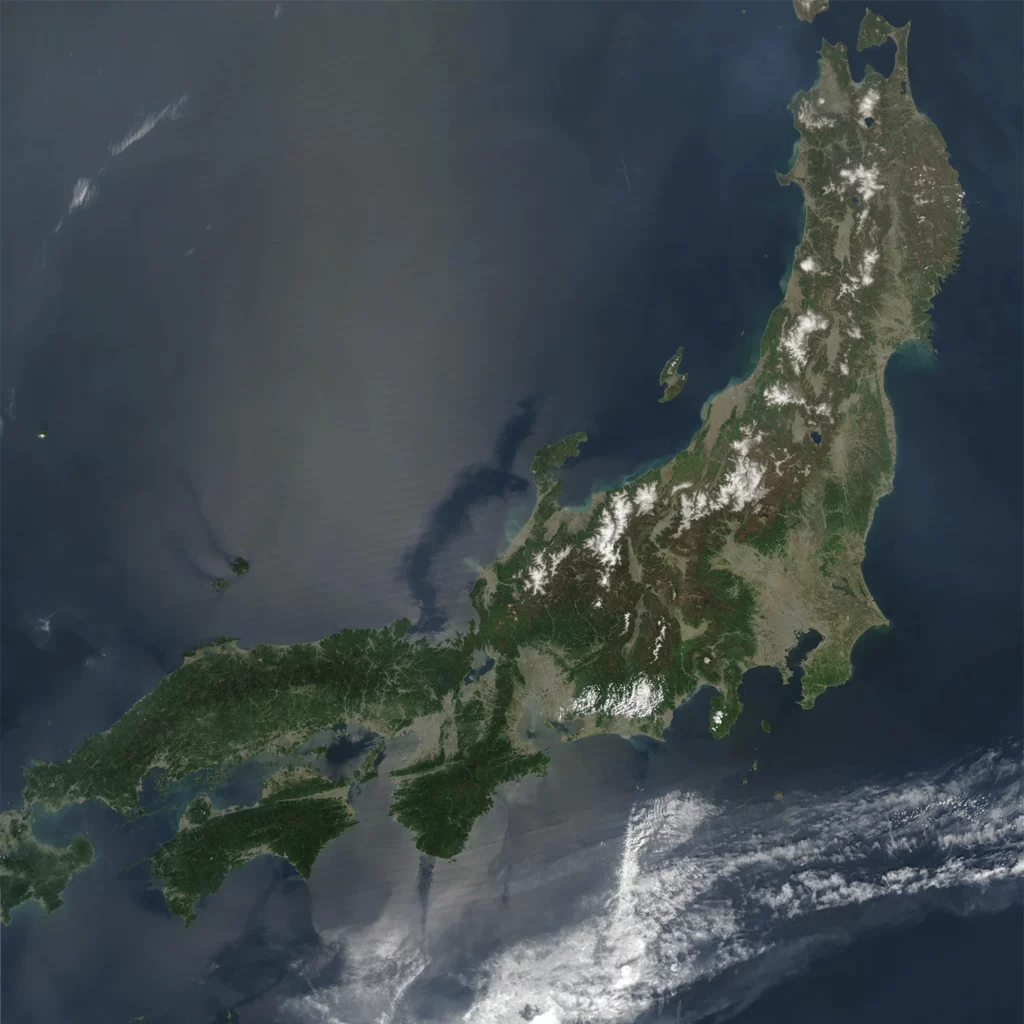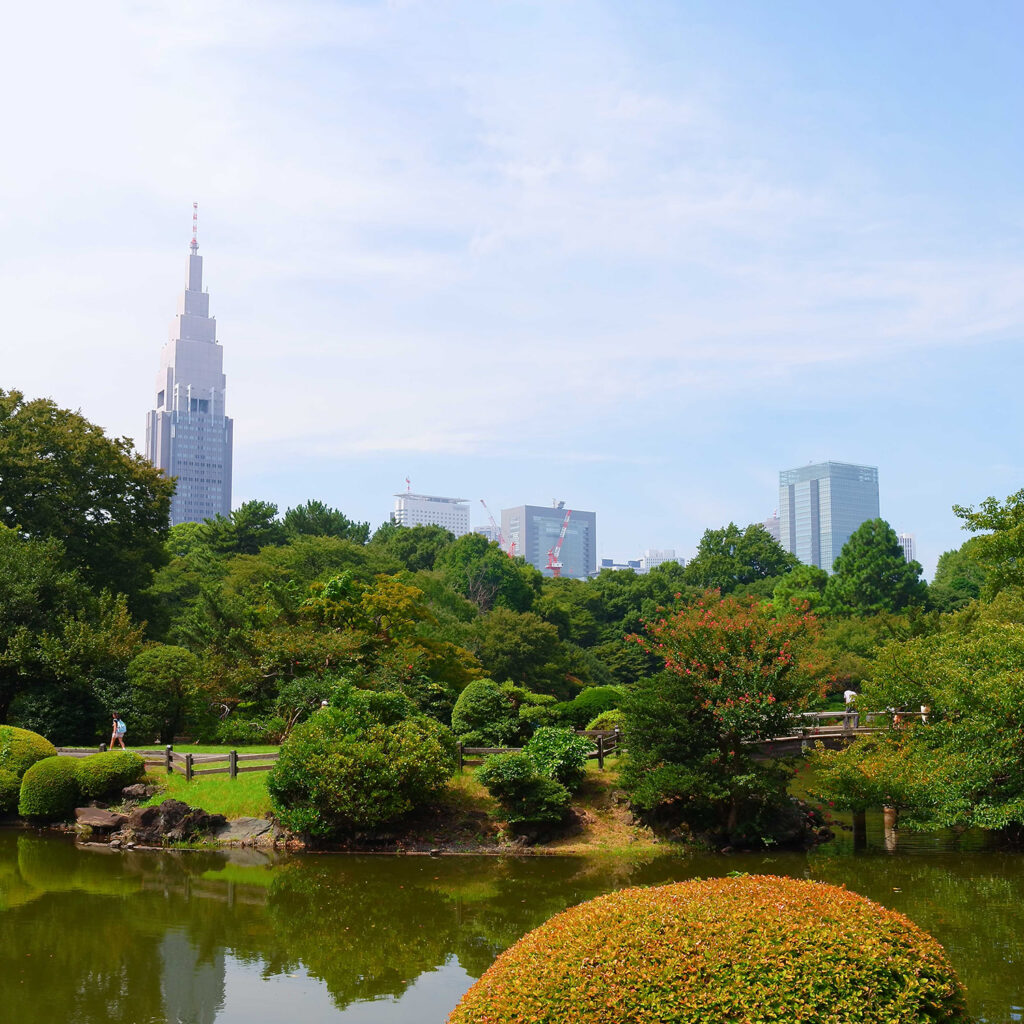Honshu is the largest island in Japan and home to the majority of its population. This island is a true gem for nature and outdoor life lovers, offering a variety of natural landscapes to explore. In this article, we will explore the different regions of Honshu and the wonders they have to offer.
The Tohoku Region
The Tohoku region is located in the north of Honshu and is home to some of the island’s most spectacular natural attractions. The region is known for its natural hot springs, or onsen, and mountainous landscapes, including the Zao Mountains and the Hakkoda Mountains. Visitors can also explore the Geibikei Gorge and the Shirakami-Sanchi forests, home to exceptional flora and fauna.
The Kanto Region
The Kanto region is the most populated region of Honshu and home to the city of Tokyo. However, the region is also known for its natural parks, including Nikko National Park and Mount Fuji, one of Japan’s most famous natural icons. Visitors can also go to Kamakura to see the Buddhist temples and Shinto shrines, as well as the beaches of Sagami Bay.
The Chubu Region
The Chubu area is located in the center of Honshu and is known for its natural beauty. This region is home to the Japanese Alps, which offer beautiful scenery throughout the year, as well as crystal clear lakes, valleys and rivers. Visitors can also explore the Chubu-Sangaku National Park, which is home to beech forests and hiking trails.
The Kansai Region
The Kansai region is located on the west coast of Honshu and is home to the historic cities of Kyoto and Nara. The region is also known for its gardens, including the Osaka Castle Gardens and the Ryoanji Temple Gardens in Kyoto. Visitors can also travel to the Wakayama region to explore the Kii Peninsula, home to Yoshino-Kumano National Park, famous for its scenic hiking trails.
The Chugoku Region
The Chugoku region is located in the west of Honshu and is home to the historic city of Hiroshima. The region is also known for its islands, including Miyajima Island, home to the Itsukushima Shrine, a UNESCO World Heritage Site. Visitors can also explore Setonaikai National Park, which is home to white sandy beaches, rocky cliffs and pine forests.
Some geographical facts about the island of Honshu:
- Honshu is the largest island in Japan, with a total area of about 227,960 km².
- The island is located in the central part of the Japanese archipelago, stretching about 1,300 km from north to south.
- Honshu is bordered by the Pacific Ocean on the east and the Sea of Japan on the west.
- The Japanese Alps mountain range crosses the island from north to south and includes some of the highest peaks in Japan, such as Mount Fuji (3,776 meters) and Mount Ontake (3,067 meters).
- Honshu’s most important rivers include the Shinano River, the longest river in Japan, and the Tone River, which flows through the Kanto region.
- The most populated cities of Honshu are Tokyo, the capital of Japan, Yokohama, Osaka and Nagoya.



